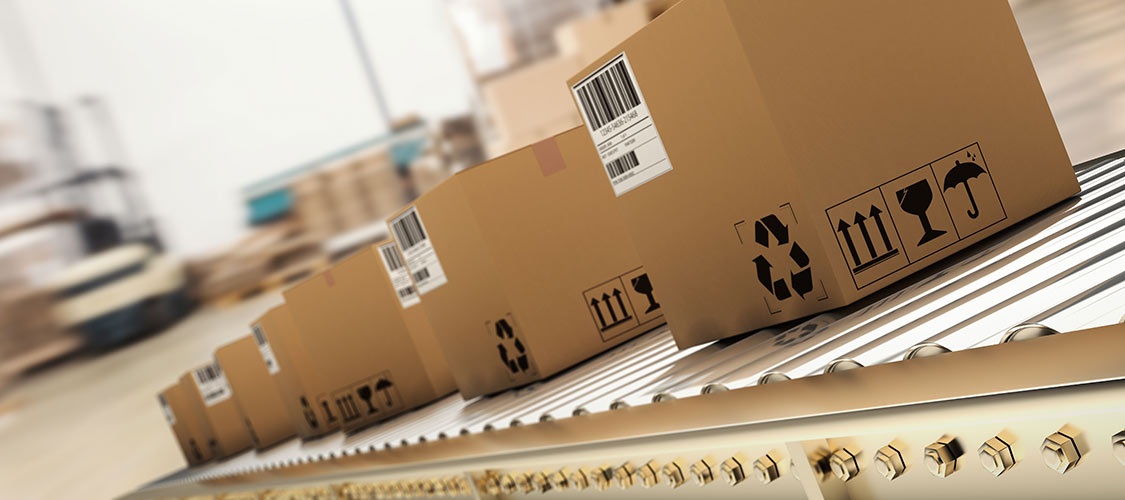In the past year Augmented Reality (AR) applications seem to be popping up everywhere. As new startups enter the space and businesses look at practical ways to deploy process-improvement technology, there is growing interest to understand more about AR. This leads many (including myself) to a similar set of questions – what does this technology look like when applied to the enterprise supply chain?
Here is a brief rundown of what I’ve seen in the market to date, and how enterprise applications might evolve in the coming 6-12 months. So let’s jump in:
What’s being done now?
Let’s start with the easy stuff: what is being done currently in the space? The answer is: not much, at least as far as supply chain is concerned, with one exception: fulfillment. The fulfillment space is well ahead of the game as warehouses look for ways to improve pick/pack/ship efficiencies (check out Toshiba’s AR solution here). Google has also thrown its hat into this ring, repurposing the Google Glass concept for warehouses:
https://www.mhlnews.com/transportation-distribution/google-glass-helps-warehouse-workers-see-better .
Outside of this space, there is focus on end-customer solutions that are being offered by logistics companies, such as XPO’s AR app. I’d be hesitant to say this is truly “AR for logistics,” mainly because it’s a consumer-based product that doesn’t streamline the overall supply chain, but if logistics players believe they are uniquely positioned to develop these types of applications, then maybe I could be convinced otherwise. Beyond these reaching examples there’s not much else newsworthy to report.
So if you are in the fulfillment space, you should be at the very least getting up to speed with what’s out there. Otherwise, it is certainly fair to say that this market seems very much up for grabs. That could change quickly as new players are entering this space almost daily, but for now, these technologies have a way to go before they become mainstream.
Where could this technology go?
First, watch this video:
Dent Reality has been busy (not-so quietly) building AR for indoor spaces. Now, we’re preparing to put it into people’s hands, and raising our first round of investment.
If you’re an accredited angel investor, DM me for more details. RTs appreciated.
— Andrew Hart (@AndrewProjDent) July 30, 2018
I think it’s one of the best examples of real world practical applications of AR. It’s a simple problem we all have (finding our way in a grocery store). It also may have some more direct applications to logistics: defining optimal routes.
Let’s take an example of a trucking GPS systems. As GPS systems become more complex and integrated, we could see more opportunities for driving information to be provided in real time, through a wearable interface (e.g. sunglasses) or even directly onto their windshield. It could inform drivers of changing traffic conditions, lane departures, or even just speed and road conditions.
For smaller businesses, the applications of AR may be integrated directly into your phone. With Apple’s measurement app coming out with iOS 12, this will be one of the first widely supported AR apps with practical business applications. It’s not a large leap to see a similar technology helping to support basic order fulfillment (such as the best way to organize packages for shipping in your small warehouse), or provide some advanced package management, such as the ability to scan package labels and get additional information directly from the carrier without having to lookup order details in a system.
What seems to be prevalent from these examples is that the AR solutions pertinent to business need to have concrete anchors with existing data to feed off and to interact with (e.g. gps, packages, labels, etc.) – so while we see a lot of flashy apps that overlay visuals on top of the current environment, the more practical applications may do their heavy lifting by simply scanning and aiding rather than actual displaying something new.
Other Things to Consider
Hardware is an issue. AR solutions require hardware to overlay the application, and that creates a huge adoption problem. The idea of “Google Glass” (consumer deployment was a wreck, but have made a second life in the business market) or other systems (check out LaForge) – need to be completed successfully in a way that makes adoption easy and affordable. Otherwise I think we have a direct dead end.
Automation may drive this wave as well, but in an unexpected way. With a lot of current discussions around automation, and the fear of job replacement associated, the idea of AR solutions that make workers more efficient may become very appealing. If businesses can increase productivity of their current employees, without some crazy implementation cost, it may be a very appealing alternative to looking at a fully automated solution.
Wrapping Up
AR has a long way to go before it becomes as mainstream as other emerging technologies, but if the value of simplifying complex processes can be realized then it’s value to a company’s supply chain could be immense. It is definitely something worth keeping your eye on, but I wouldn’t go full Monty until we see some better hardware solutions and easier development platforms to make this technology more user friendly and wide spread.
If you’re in Supply Chain or IT and keeping up on this technology, it’s worth some research, but I wouldn’t worry too much about a huge technological wave yet. Unlike other technologies, with the physical barriers needed for this technology, if a wave does come, it will be more obvious than others we’ve seen. Famous last words….






